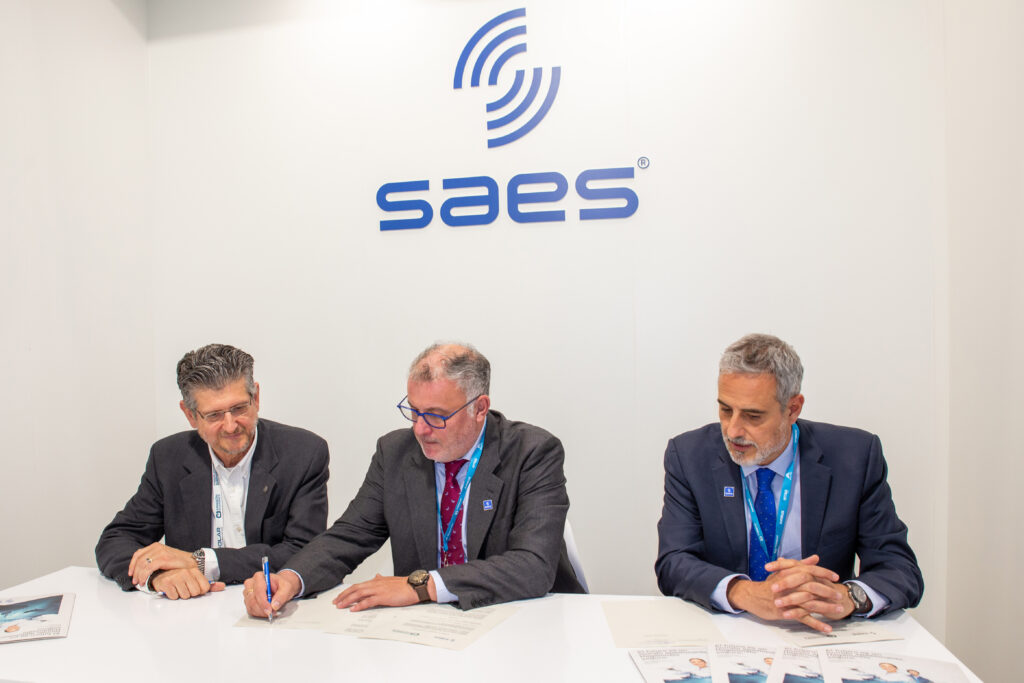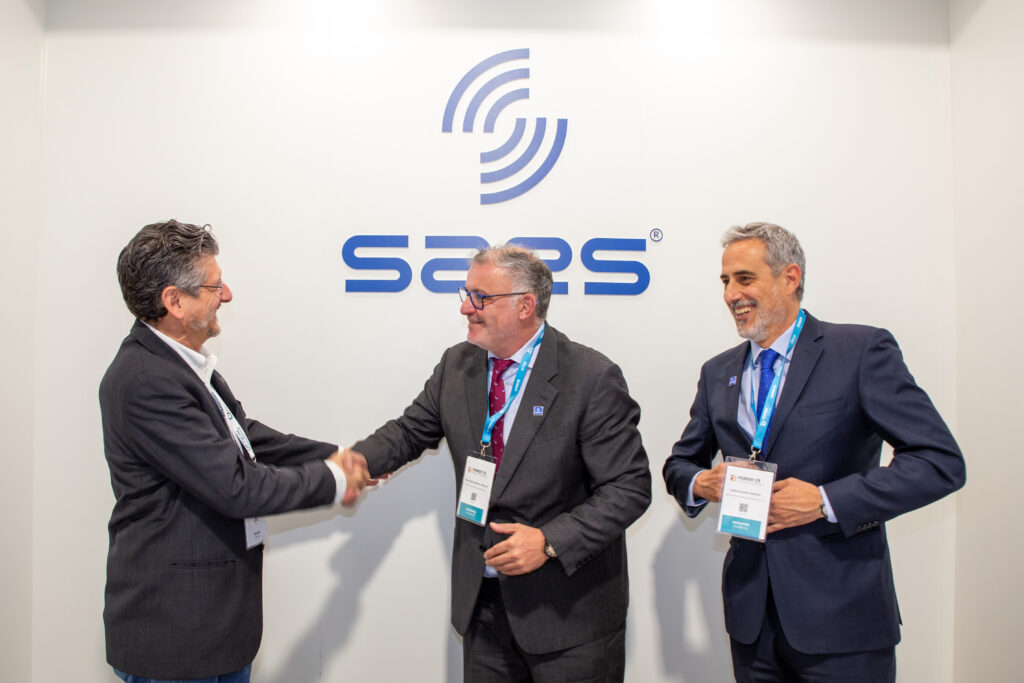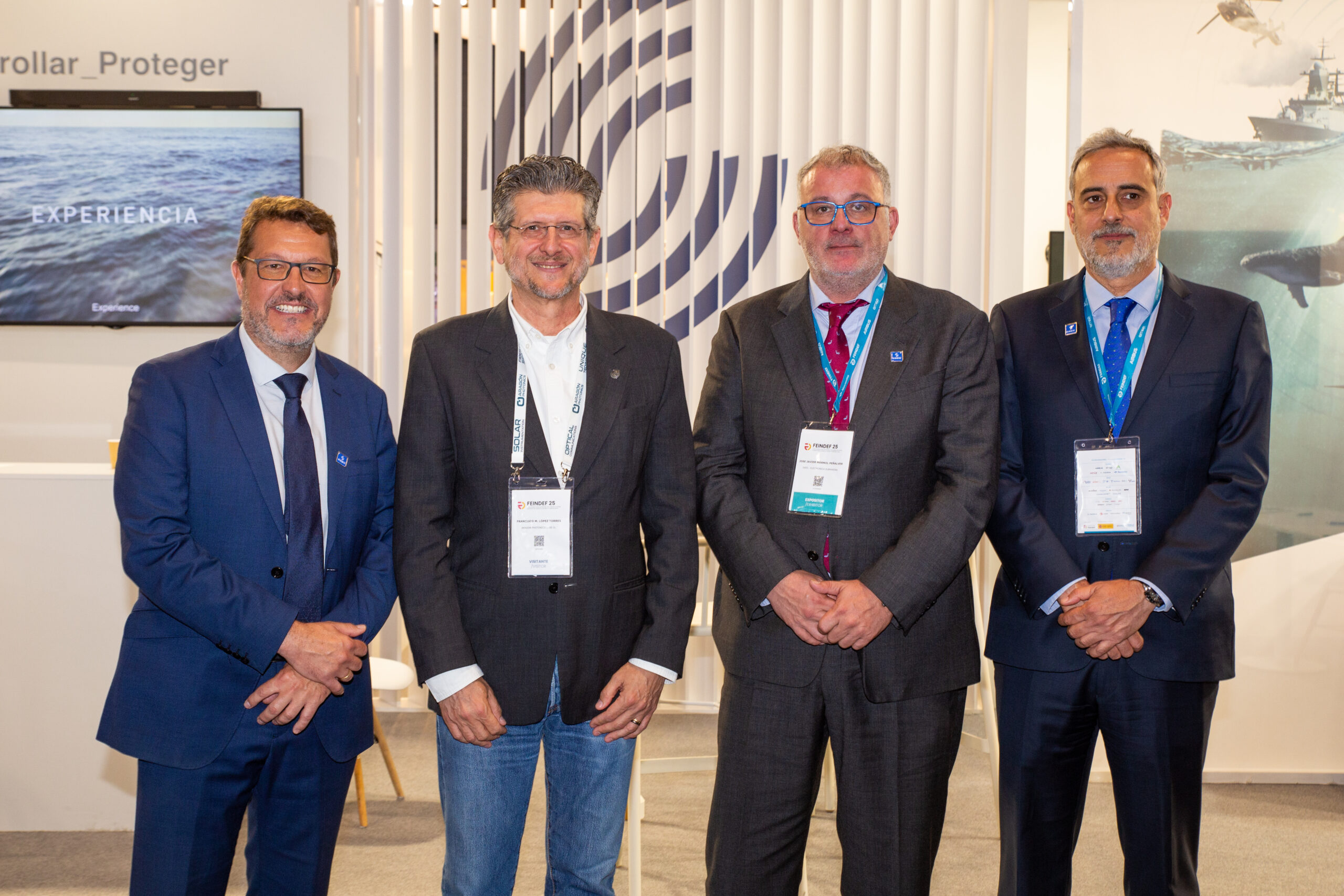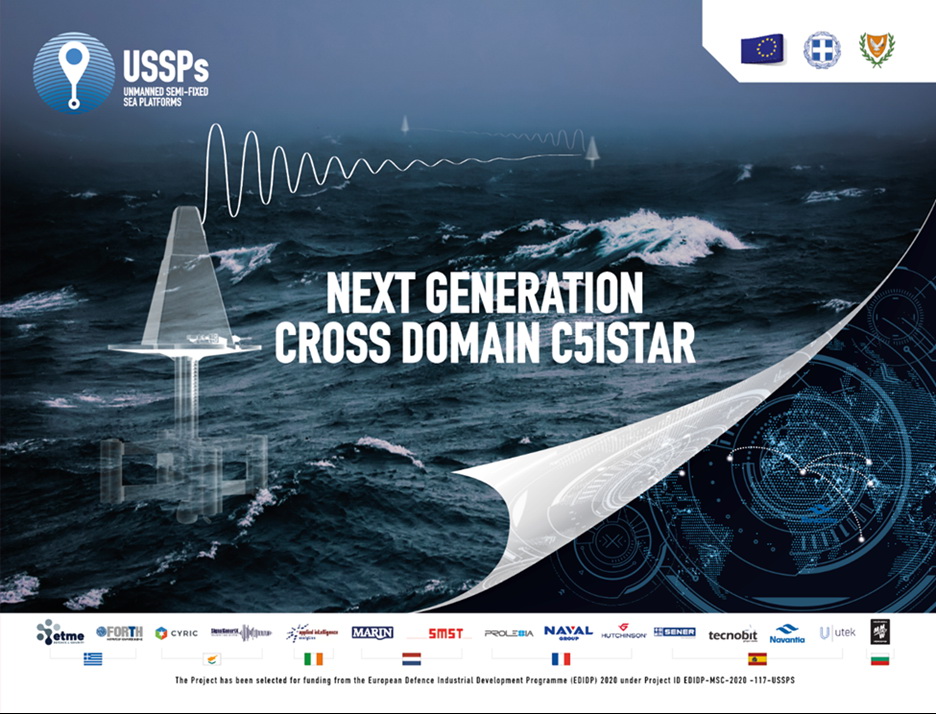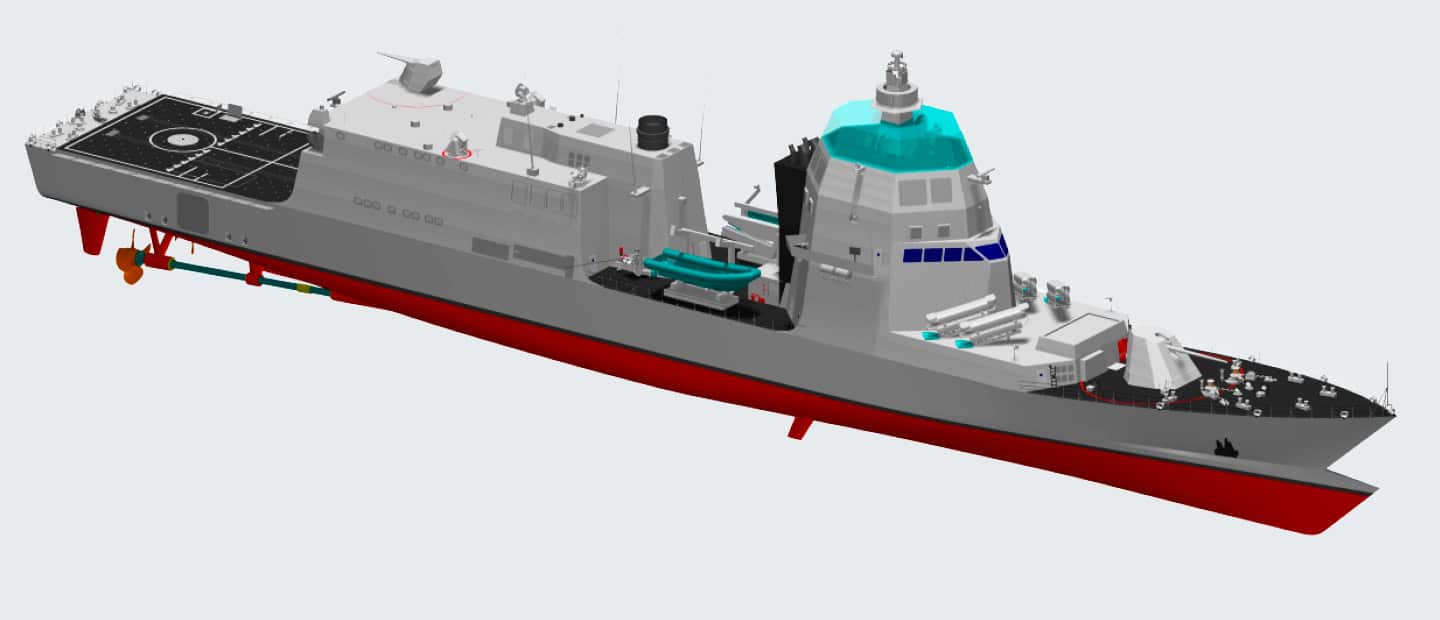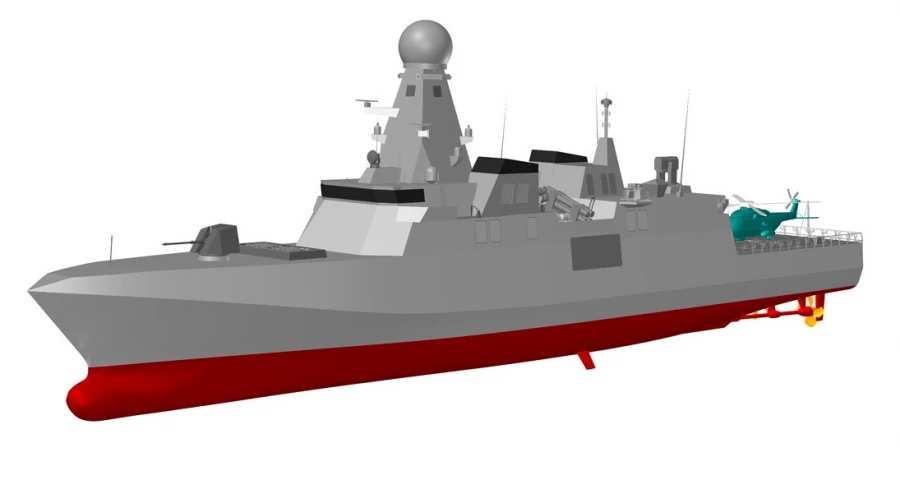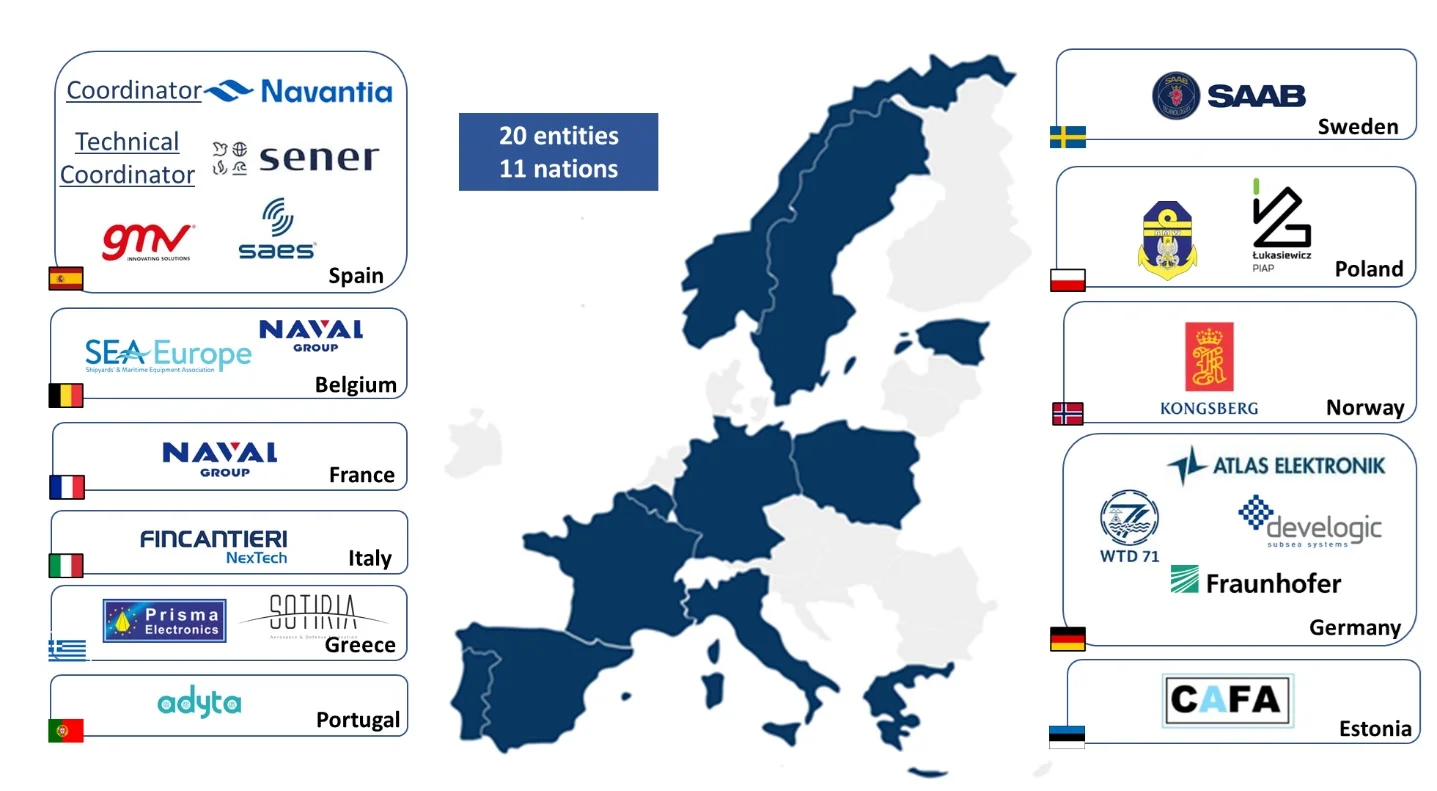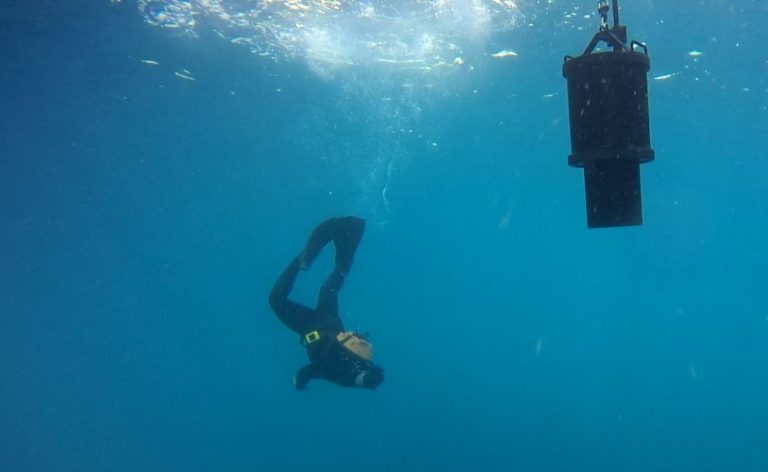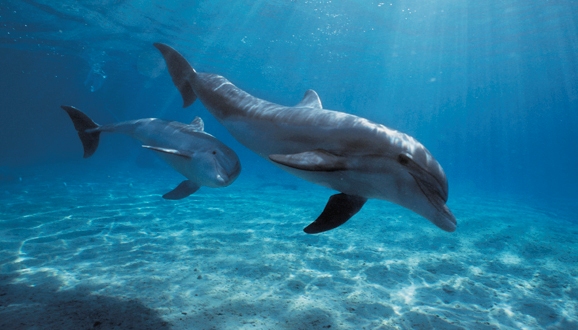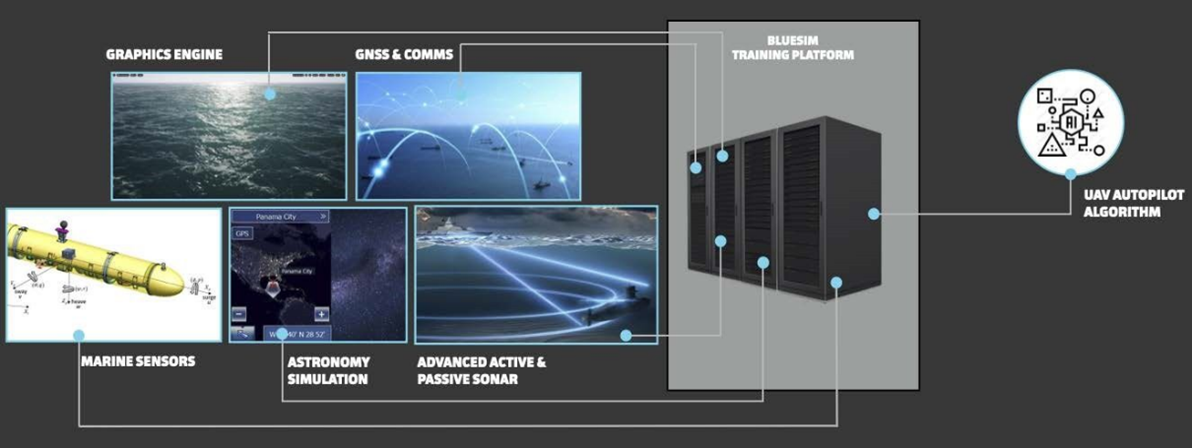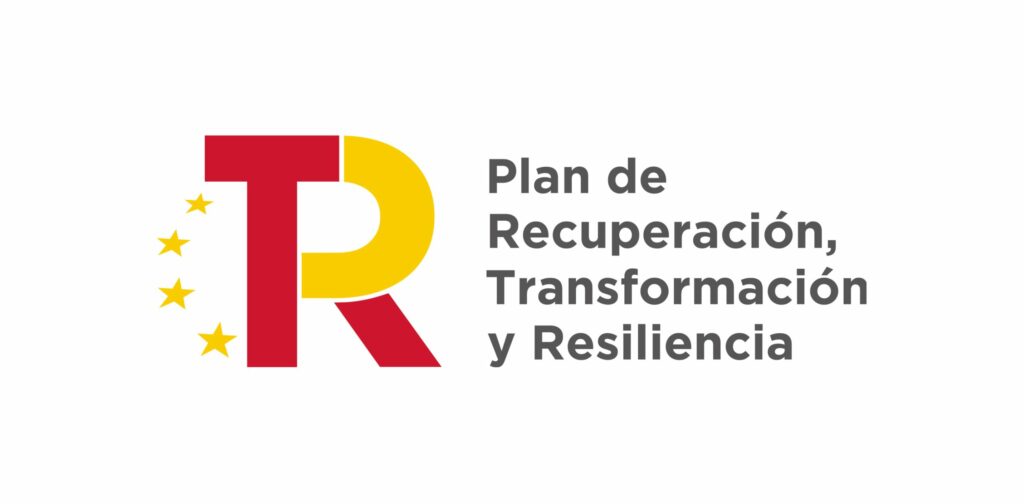SAES formalised a collaborative agreement with Aragón Photonics today to develop advanced maritime contact detection systems employing Distributed Acoustic Sensing (DAS) optical sensor technology. The initiative was formalised at the International Defence and Security Exhibition (Feindef), held in Madrid from 12 to 14 May.
The partnership between SAES and Aragón Photonics marks a significant advancement in maritime surveillance and protection. By utilising cutting-edge optical transducers, the new systems promise to deploy larger, lighter, and more sensitive arrays than current ceramic sensors. It is noteworthy that the term ‘array’ refers to a systematic arrangement of sensors aligned to allow for wider and more accurate detection coverage.
This technology aims not only to enhance the detection of threats and contacts at sea but also to tackle adverse environmental conditions with high levels of background noise, thus optimising the protection of infrastructures and ensuring precise target tracking.
During the event, Javier Mármol Peñalver, President of SAES, underscored the importance of the agreement: “This alliance with Aragón Photonics represents a significant advancement for maritime security and strengthens our commitment to integrating cutting-edge technologies that ensure a safer and more controlled environment. It is an important agreement that could transform the landscape of distributed acoustic detection.”
Francisco López, CEO of Aragón Photonics, remarked that “Aragón Photonics was established in 2004 with the mission, among others, to address society’s needs through the practical application of scientific and technological knowledge generated through R&D. For this purpose, and considering the growing sense of insecurity emerging in our society, we at APL deemed it fitting to explore the dual use of our distributed optical fibre sensing technologies, particularly in the field of maritime defence and security. Undertaking this task alongside a company with the prestige and experience of SAES provides us confidence that the process will be swift and effective.”
The collaboration comes at a pivotal moment for innovation in maritime security, with the first outcomes of this joint effort expected to be reflected in the next generation of detection systems. This will benefit both the industry and society at large by increasing the effectiveness of maritime infrastructure protection.
